Original URL: https://www.theregister.com/2012/10/23/road_to_windows_8/
Windows 8: An awful lot of change for a single release
Windows 1.0, Windows 95, Windows NT - the road to Windows 8
Posted in Channel, 23rd October 2012 11:00 GMT
Microsoft released Windows 1.0 on 20 November, 1985, a year later than first promised. Now, nearly 27 years on, Windows 8 is on the shelves. The operating system was chugging away full-steam ahead as Windows XP established itself - then it jumped the tracks at Vista.
Where is Microsoft's OS going now and where did it come from? Let's flick through the history books.
When Windows 1.0 – technically version 1.01 – shipped it had multiple windows (hence the name), but they could not overlap. Sales were small, and Digital Research's GEM alternative was rather better.
In December 1987, the world was given Windows 2.0. Windows could overlap, and Apple was so impressed it announced a lawsuit. The legal action petered out in Microsoft's favour in 1993. Windows 2.0 was a success over the next couple of years, thanks to the arrival of Excel, Aldus PageMaker, CorelDraw, and other software.
Windows 3.0 appeared in May 1990. This was when the operating system started to dominate. Support for extended memory allowed users to break through the 640KB DOS barrier. Application vendors, including Lotus and WordPerfect, rushed to support acres of new RAM space. As a consequence of this success, Microsoft publicly lost enthusiasm for OS/2, a joint project with IBM that was once meant to replace Windows. It turned out Microsoft, having hired kernel guru Dave Cutler from DEC in October 1988, was already hard at work on Windows NT.
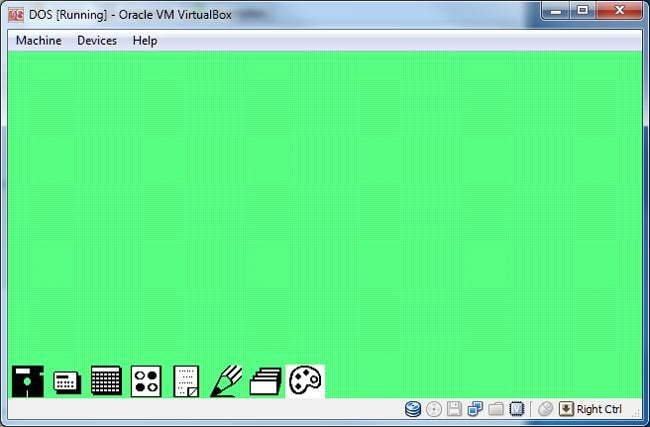
Green screen of life: the Windows' debut in November 1985
Windows 3.1 refined the operating system, Windows 3.11 added networking, but it was Windows NT in 1993 that provided an enduring foundation for the operating system, with no DOS dependency, and 32-bit memory addressing, preemptive multitasking, and a new journaling file system called NTFS. Initial sales were small, thanks to high hardware requirements, but it was far more robust than 16-bit Windows and also portable to various processor architectures.
Note, though, this comment from G Pascal Zachary's Showstopper!, his book recounting how NT was created: "At the outset of the NT project, Cutler treated computer security as an afterthought, another item on a long list of features."
Security features were implemented, of course, and Windows NT has a secure file system, unlike DOS. However, Microsoft missed the opportunity to enforce complete separation of application code, core operating system code, device drivers, and application data. It also fostered a culture where running as a local administrator, equivalent to the superuser in Unix, is the norm.
The cost has been enormous, making Windows more vulnerable to malware, and forcing Microsoft to perform contortions in later versions in attempted mitigation.
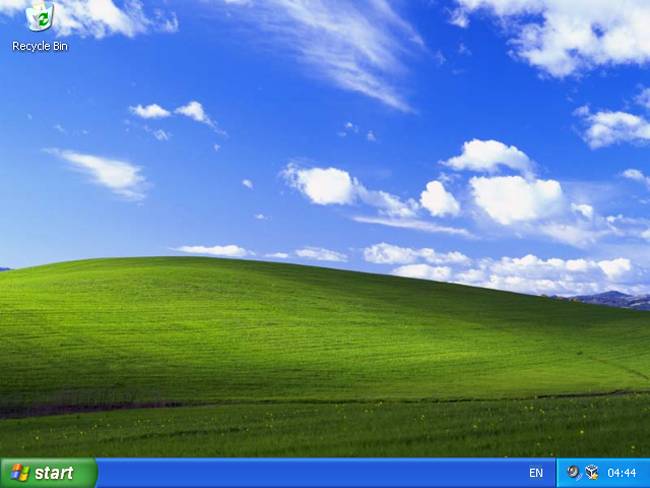
By 2001, Microsoft was toning the green in Windows XP
Between 1993 and 2001 Microsoft ran the NT line in parallel with the older DOS-and-Windows approach. Codenamed Chicago and released in August 1995, Windows 95 was a triumph. DOS remains, but is mostly bypassed, enabling Windows 95 to offer 32-bit support and preemptive multitasking - which prevented one program from completely stalling the machine. Windows 95 also introduced the Start menu and taskbar, forming the basis for a user interface that is recognisable even in Windows 7, 14 years later.
In the meantime, NT progressed to 3.5, 4.0, and then Windows 2000, intended for professional desktops as well as servers.
Along the way Microsoft dropped MS-DOS - Bill Gates' disk operating system developed in 1982 for x86-powered machines at the behest of IBM. It was actually Windows NT 3.1 that dropped DOS, but this was for serious IT types with servers and workstations. Many users did not go onto the NT range until Windows 2000, the first popular version for business.
But what happened to Cairo? Announced by Microsoft's Jim Allchin at the first PDC (Microsoft's Professional Developer Conference) in 1991, Cairo was Microsoft's future network operating system, based on distributed COM (Microsoft's component architecture) and a new object-based file system. Most parts of Cairo shipped in various versions of Windows, but the object file system never did come together.
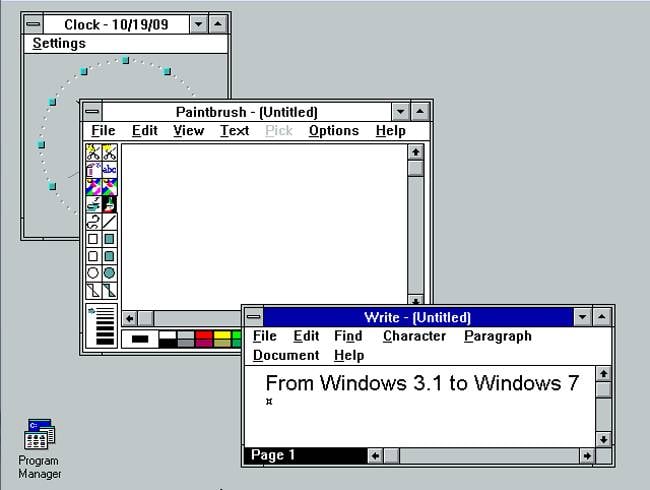
Windows 3.1, considered the first "real" release of Microsoft's OS
What we did get, in 2001, was Windows XP, codenamed Whistler, the Windows release that refuses to die. XP unified the NT and Windows 95 lines, supposedly bringing stability and security (do not laugh) to the consumer edition for the first time. Windows XP was a fantastic success, but Microsoft struggled to top it with future releases.
There were two problems. The first was security. As the reality of connected machines in a world that is not always benevolent sank home, Microsoft reacted by declaring that all its code would be reviewed for security. This and other initiatives resulted in Windows XP Service Pack 2, codenamed Springboard. Released in August 2004, this introduced the Security Center, a much improved firewall, and generally hardened code. If it had not been frantically trying to secure Windows, perhaps Microsoft would have released a new edition of Windows at around that time.
The other problem was that the Windows version codenamed Longhorn (which became Vista) proved difficult to code. A preview was presented at PDC in late 2003 with three "pillars": Avalon, Indigo and WinFS. Avalon was a rich presentation framework built on the .NET Framework programming runtime and intended to replace the venerable GDI (Graphics Device Interface). Indigo was a communications library based on .NET and XML web services. WinFS was another go at the object file system.
Windows Vista - what were they thinking?
The preview handed out in 2003 was interesting but desperately slow, and for this and other reasons Microsoft concluded that putting .NET at the heart of Windows was a mistake and that Longhorn was failing to come together. WinFS was dropped, and sometime in 2004 the entire development was reset, using Windows Server 2003 as a base. That was a costly decision. In addition, Microsoft improved Windows security with a system called User Account Control (UAC), enabling users to run with lower privileges most of the time and protect the operating system from malicious application code.
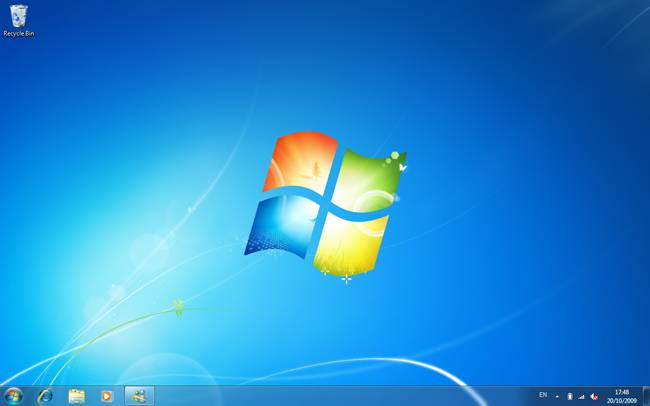
Windows 7, considered the first "real" OS after Windows XP - we don't talk about Vista
These long delays meant that Windows Vista did not appear until the end of 2006. It was more demanding of hardware than Windows XP, and computer manufacturers were over-optimistic about what was required, while nevertheless adding their own CPU-sucking enhancements such as bundled trial security software. The combination of the intrusive UAC plus poor performance gave Vista a bad reputation from which it never recovered, even though it was not altogether deserved and Windows Server 2008, built on the same code as Vista SP1, was well liked.
The problems with Windows Vista and the extended life of Windows XP proved an opportunity for Apple, which was able to offer a better user experience and fewer security headaches with the Unix-like Mac OS X. Despite a smaller market share overall, Macs have taken hold at the high end of the market and among designers and developers.
Windows 7
Microsoft countered with Windows 7, efficiently marshalled by a new Windows chief, Steven Sinofsky. It was completed in July 2009, less than three years after Vista, and made generally available in October of that year. This was a Windows for users. One of its goals was to perform better than Vista on the same hardware, which made under-specified machines rare. The Windows user interface got its biggest innovation since Windows 95, which is that the taskbar is a launcher as well as a task manager. More refined and less annoying, Windows 7 was an immediate success.
Windows 7 was also the moment when 64-bit Windows, first introduced for Windows XP, became mainstream. Excellent work on maintaining compatibility meant that users hardly noticed whether they are running 32-bit or 64-bit applications, but benefited from lifted resource limitations. Despite its success, Windows 7 has failed to win users back from Macs, whose market share has continued to increase, though even in the US Gartner estimates Apple's share as only 13.6 per cent.
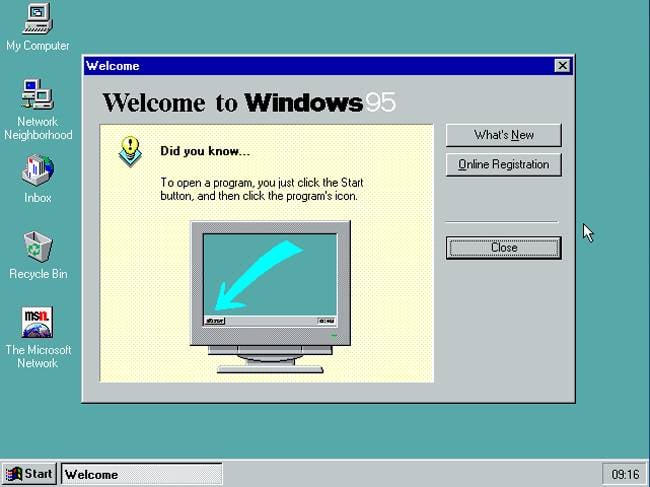
Start me up: Windows 95 introduced Windows' now familiar Start button...
A bigger Apple factor is the touch user interface which evolved from iPod to iPhone to iPad. In 2001, Bill Gates held up a tablet PC based on Windows XP at the Las Vegas Comdex; he reportedly stated that "within five years, I predict that it will be the most popular form of PC sold in America". It was not, and although Windows tablets found niche markets in some medical and business scenarios, high prices, fiddly styluses, and the unsuitability of the user interface kept sales low.
Not so for Apple and its iPad, which since its launch in spring 2010 has caught on like wildfire, dominating the tablet market and taking sales that would otherwise have gone to laptops running Windows. Apple also popularised the concept of a curated app store, which is the only way most users can install software on an iOS device. It is a lock-in, but users benefit from better security and a smooth install experience.
Third time lucky?
This sets the scene for Windows 8. This is Microsoft's third major attempt to fix Windows security, if you count Windows XP SP2 as the first, and Vista's UAC as the second. It brings in a new platform in which apps are sandboxed and installed from Microsoft's store, imitating Apple's model. Windows 8 is also the third attempt to get Windows on a tablet right, if you count XP tablets as the first attempt, and the 2006 "Origami" ultra-mobile PC as the second.
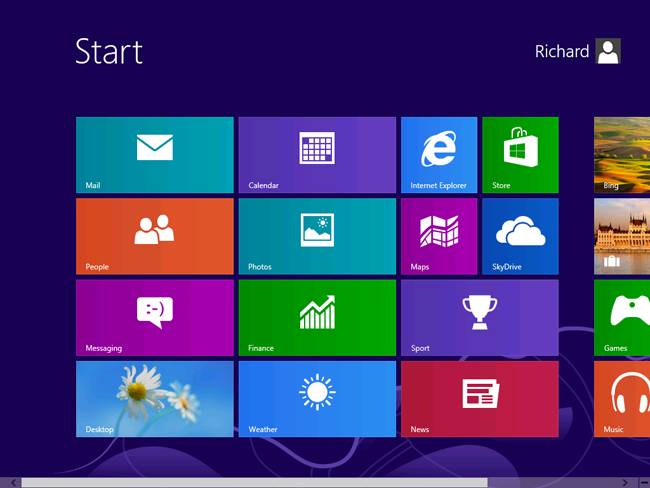
... and Windows 8 killed it, 17 years after Windows 95 the Start button is officially - at least - dead
This time Microsoft is serious, with a new touch-friendly user interface that runs applications full-screen and without visible screen furniture: not so much windows or even a window but rather windowless. In order to keep faith with the past, Windows 8 also has a desktop mode, and in its x86 form is similar to Windows 7 though with the Start menu replaced by a Start screen running on the new platform.
Windows RT, the ARM-based version used in the first release of Microsoft's own Surface device, is a purer form of Windows 8. A classic desktop user interface exists, but only as a shell for Microsoft Office and a few utilities. New apps run on the new platform, and can only be installed from Microsoft's Store.
With Windows 8, Microsoft is trying to exorcise its ghosts. Security, touch control, and even dependence on manufacturing partners are all addressed in this release. That is a lot of change. The risk in Windows 8 is not lack of innovation, but that for some long-term Windows users it is simply too different. ®